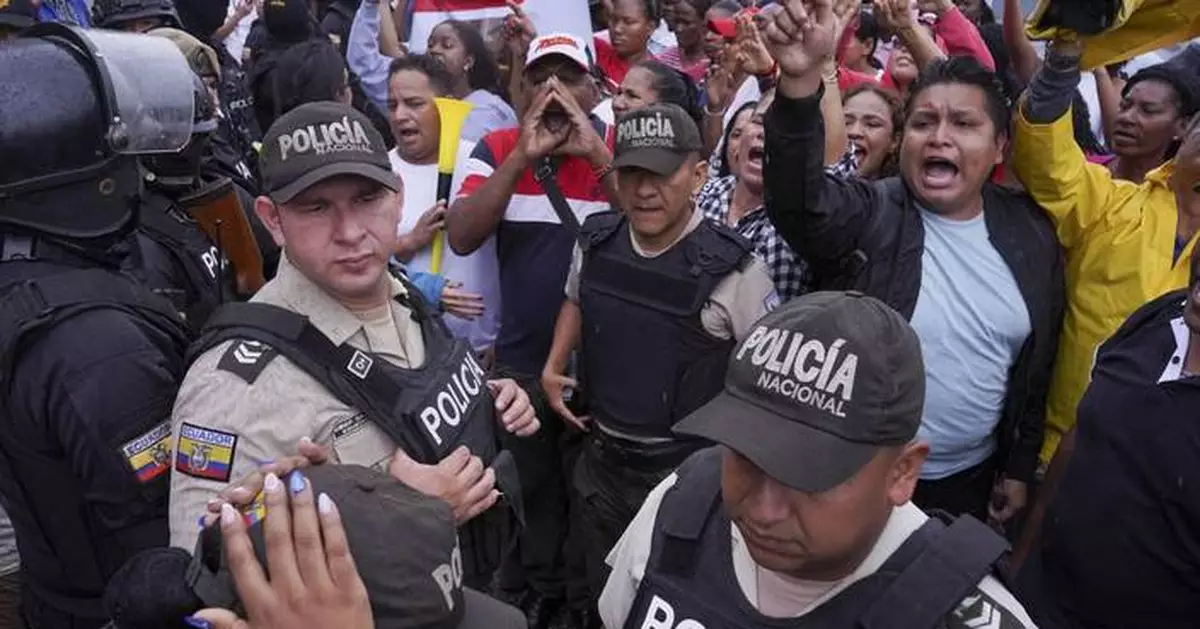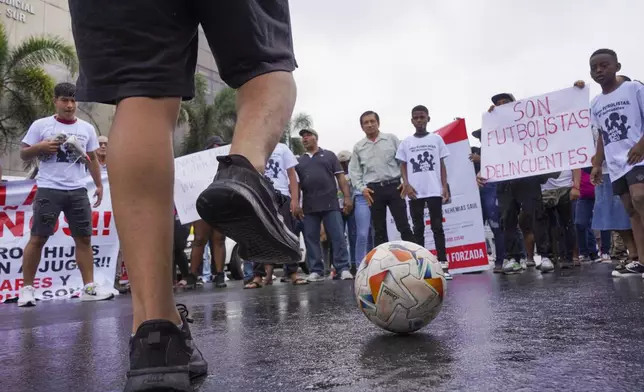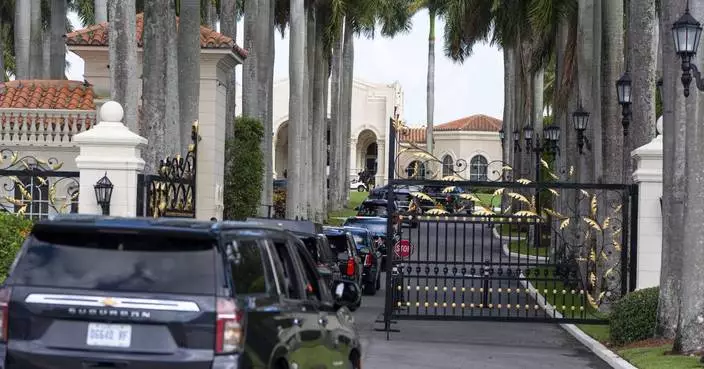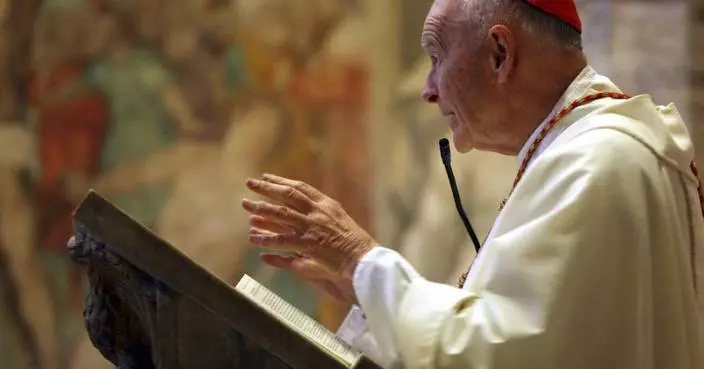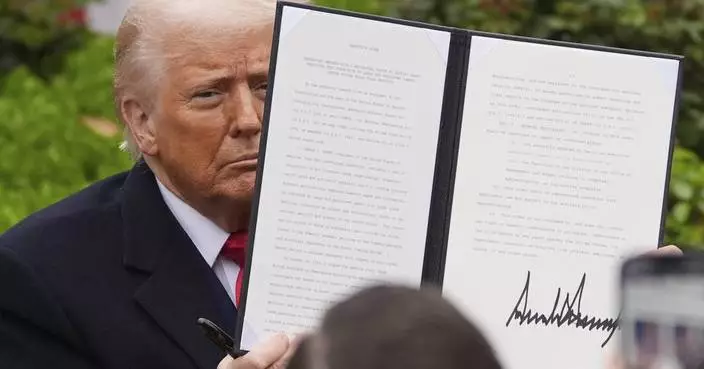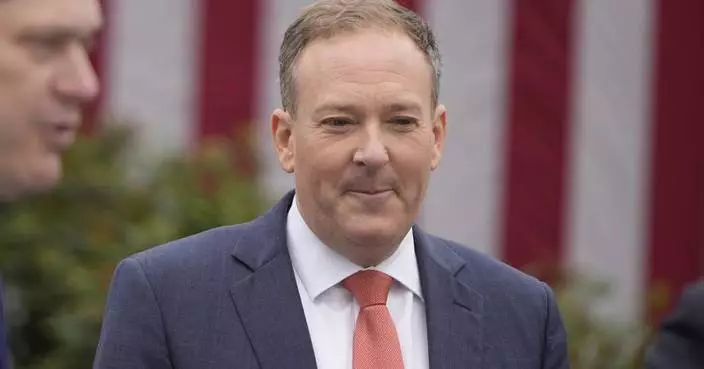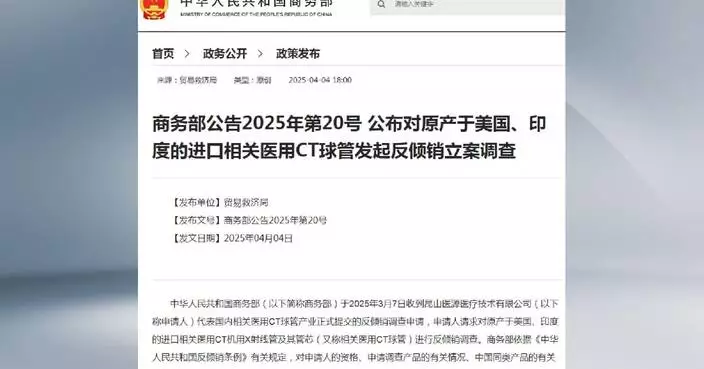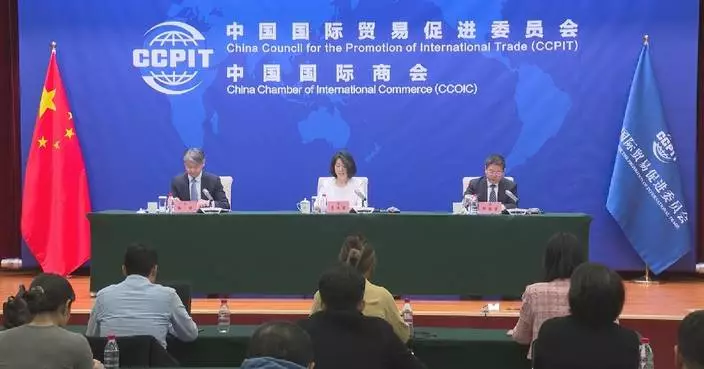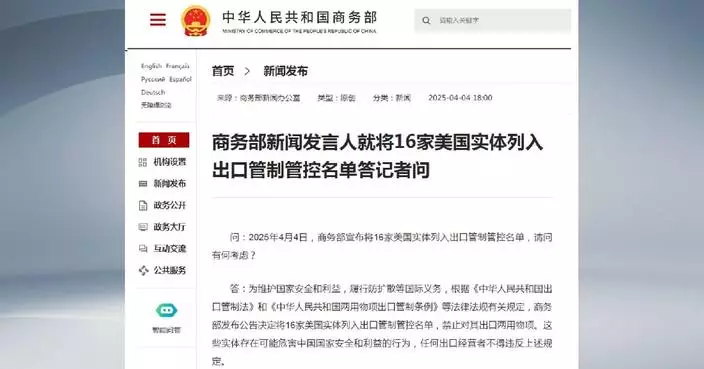QUITO, Ecuador (AP) — An Ecuadorean judge Tuesday ordered the arrest of 16 soldiers charged with the disappearance of four children who went missing three weeks ago in the coastal city of Guayaquil.
A request to detain the soldiers was made by Ecuador’s Attorney General’s office. In a statement on X the law enforcement agency said its request had been granted, adding that the detained soldiers would be transferred from a military base to a prison.
Click to Gallery
A mural of a child and the Spanish message "Where are they?" cover a wall in protest of the disappearance of four children who were last seen on Dec. 8 running away from a military convoy in Guayaquil, Monday, Dec. 23, 2024. (AP Photo/Cesar Munoz)
Luis Arroyo, left, carries photos of his two missing sons, Ismael and Josué, who were last seen on Dec. 8 running away from a military convoy with two other youths, as he protests with his family and activists outside the prosecutor's office in Guayaquil, Monday, Dec. 23, 2024. (AP Photo/Cesar Munoz)
A protester holds soccer cleats and wears a shirt that reads in Spanish "We're soccer players, not delinquents" outside the court holding a hearing for the soldiers accused of being connected to the disappearance of four children in Guayaquil, Ecuador, Tuesday, Dec. 31, 2024. The children disappeared after playing soccer. (AP Photo/Cesar Munoz)
Protesters gather outside the court that is holding a hearing for the soldiers accused of being connected to the disappearance of four children in Guayaquil, Ecuador, Tuesday, Dec. 31, 2024. The children disappeared after playing soccer. (AP Photo/Cesar Munoz)
Protesters gather outside the court that is holding a hearing for the soldiers accused of being connected to the disappearance of four children in Guayaquil, Ecuador, Tuesday, Dec. 31, 2024. The sign reads in Spansh: "Where are the four from Guayaquil?" (AP Photo/Cesar Munoz)
Protesters shout as lawyers enter court for a hearing for the soldiers accused of being connected to the disappearance of four children in Guayaquil, Ecuador, Tuesday, Dec. 31, 2024. (AP Photo/Cesar Munoz)
The case of the missing children has shaken Ecuador, a nation where the military has been increasingly deployed to patrol cities and fight drug gangs amid growing levels of violence.
The children, aged 11 to 15, were reported missing by their parents on Dec. 8, after they went to play soccer in a working-class sector of Guayaquil and did not return home.
A video taken by a security camera shows a military patrol taking two of the children into the back of a pickup truck and driving off with them.
Ecuador’s military has admitted the children were in its custody and claimed they were arrested because they were participating in a robbery attempt.
The military says the children were released on the same night they were detained and that gangs are to blame for their disappearance.
Meanwhile, detectives last week found four charred bodies near a military base on the outskirts of Guayaquil. On Tuesday afternoon, the Attorney General's office said that genetic tests conducted on the bodies, whose faces and fingerprints were unrecognizable, determined that the corpses were those of the missing children.
Prosecutors working on the case said they will now have to seek an additional hearing with a judge to issue new charges against the detained soldiers, who will possibly face murder charges.
“This is a tough moment for the families" said Billy Navarrete, the director of the Permanent Committee for the Defense of Human Rights, a nongovernmental organization that has followed the case and provided advice to the childrens' relatives. “We will not stop until we find truth and justice.”
The case of the four missing children has led to protests in Guayaquil and shocked a nation struggling to contain homicides, extortion and human rights abuses.
Violence in Ecuador worsened in January after a gang leader escaped from prison amid deadly riots. Two days later, members of another drug gang attacked a television channel and interrupted a live broadcast to make demands to the government.
President Daniel Noboa’s government has leaned on the military to curb gang violence. However, the military has now been implicated in several abuses, including the disappearance of two children in August in the central province of Los Rios, and the case of a 19-year-old who was fatally shot by the military at a checkpoint on a road in Guayaquil.
Noboa, a Guayaquil native, is planning to run for re-election in February. The conservative politician, who belongs to one of the country's wealthiest families, has promised to reduce violence and solve power shortages that have hurt Ecuador's economy.
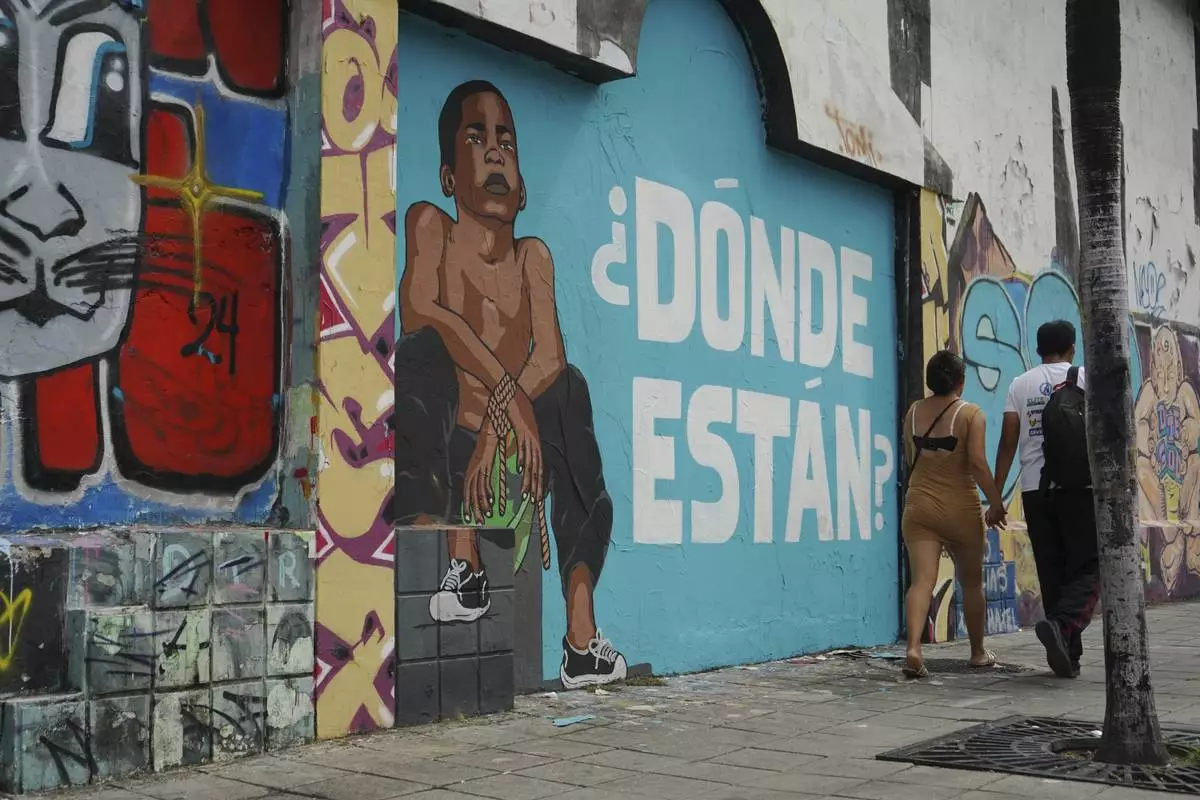
A mural of a child and the Spanish message "Where are they?" cover a wall in protest of the disappearance of four children who were last seen on Dec. 8 running away from a military convoy in Guayaquil, Monday, Dec. 23, 2024. (AP Photo/Cesar Munoz)
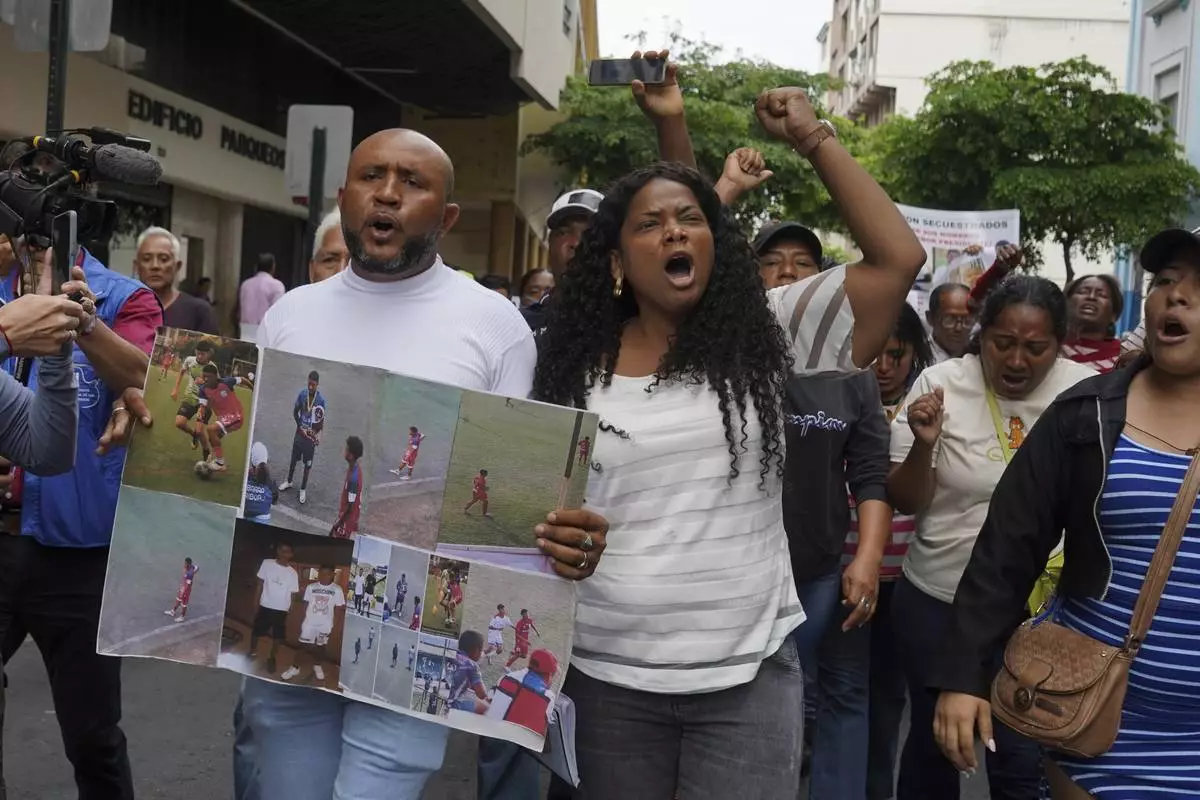
Luis Arroyo, left, carries photos of his two missing sons, Ismael and Josué, who were last seen on Dec. 8 running away from a military convoy with two other youths, as he protests with his family and activists outside the prosecutor's office in Guayaquil, Monday, Dec. 23, 2024. (AP Photo/Cesar Munoz)
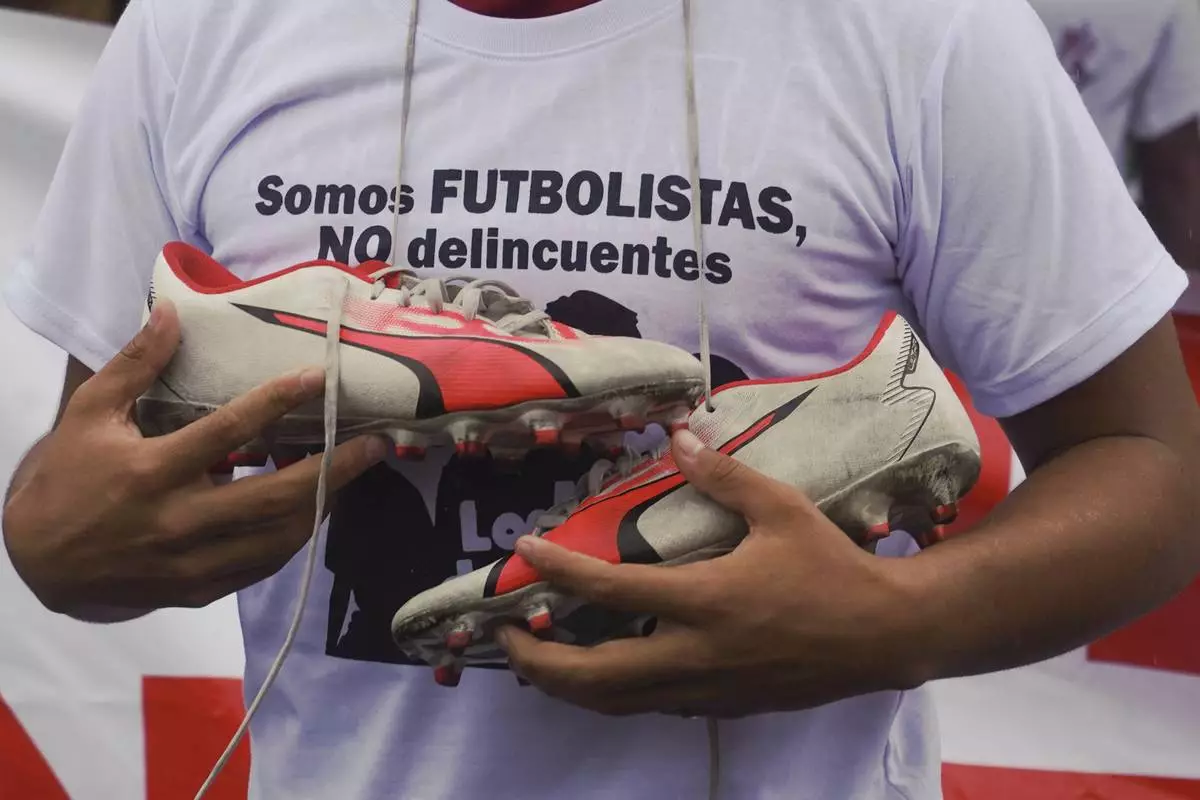
A protester holds soccer cleats and wears a shirt that reads in Spanish "We're soccer players, not delinquents" outside the court holding a hearing for the soldiers accused of being connected to the disappearance of four children in Guayaquil, Ecuador, Tuesday, Dec. 31, 2024. The children disappeared after playing soccer. (AP Photo/Cesar Munoz)

Protesters gather outside the court that is holding a hearing for the soldiers accused of being connected to the disappearance of four children in Guayaquil, Ecuador, Tuesday, Dec. 31, 2024. The children disappeared after playing soccer. (AP Photo/Cesar Munoz)
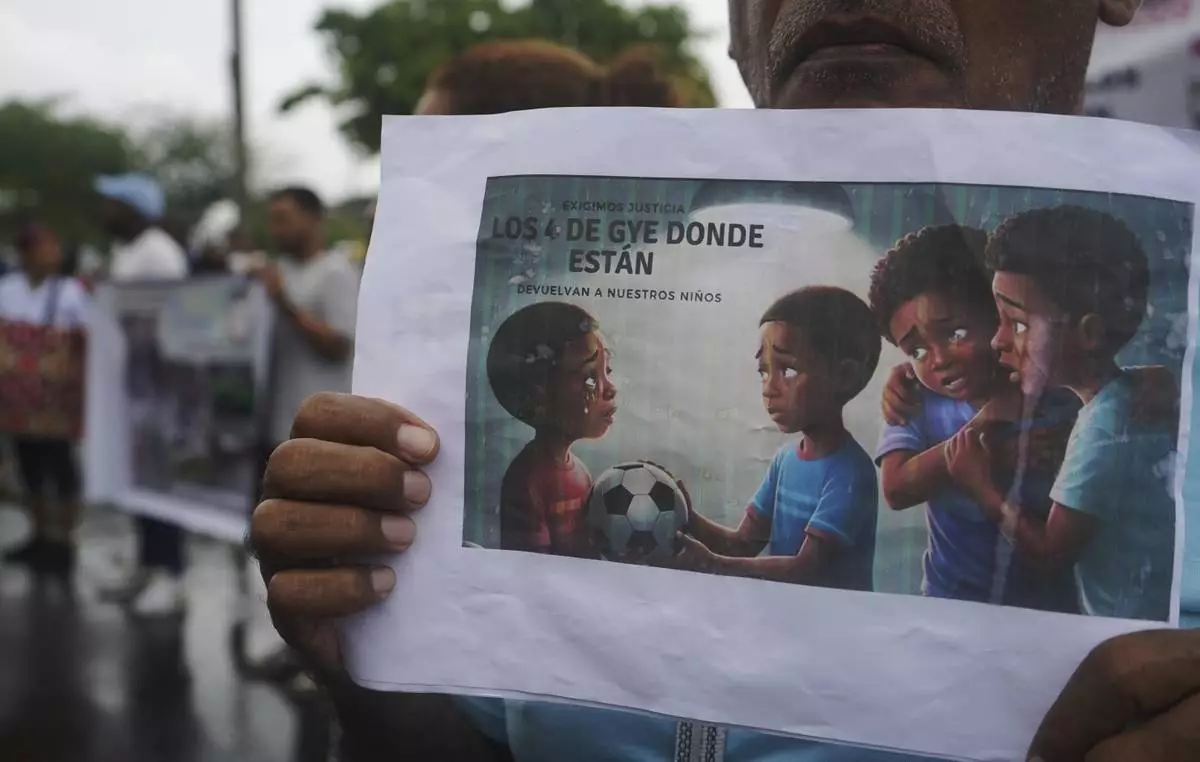
Protesters gather outside the court that is holding a hearing for the soldiers accused of being connected to the disappearance of four children in Guayaquil, Ecuador, Tuesday, Dec. 31, 2024. The sign reads in Spansh: "Where are the four from Guayaquil?" (AP Photo/Cesar Munoz)
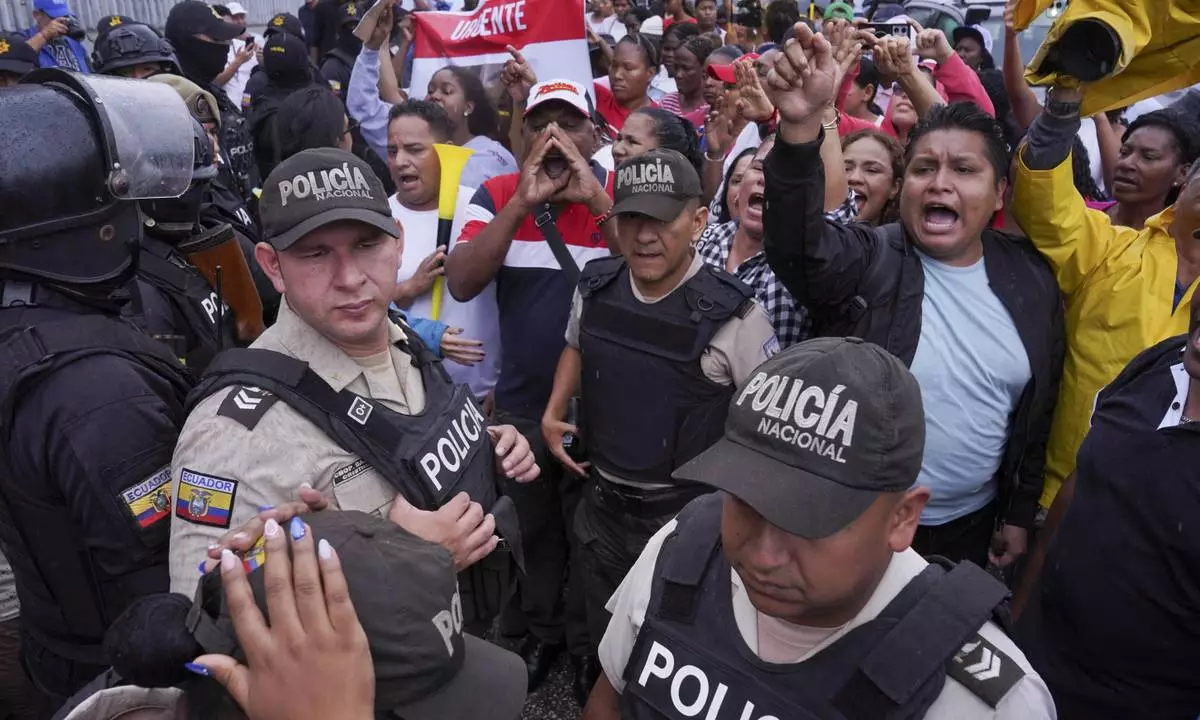
Protesters shout as lawyers enter court for a hearing for the soldiers accused of being connected to the disappearance of four children in Guayaquil, Ecuador, Tuesday, Dec. 31, 2024. (AP Photo/Cesar Munoz)
WEST PALM BEACH, Fla. (AP) — President Donald Trump on Friday said he is signing an executive order to keep TikTok running in the U.S. for another 75 days to give his administration more time to broker a deal to bring the social media platform under American ownership.
The order was announced as White House officials believed they were nearing a deal for the app’s operations to be spun off into a new company based in the U.S. and owned and operated by a majority of American investors, with China's ByteDance maintaining a minority position, according to a person familiar with the matter.
But Beijing hit the brakes on a deal Thursday after Trump announced wide-ranging tariffs around the globe, including against China. ByteDance representatives called the White House to indicate that China would no longer approve the deal until there could be negotiations about trade and tariffs, said the person, who spoke on the condition of anonymity to discuss the sensitive details of the negotiations.
Congress had mandated that the platform be divested from China by Jan. 19 or barred in the U.S. on national security grounds, but Trump moved unilaterally to extend the deadline to this weekend, as he sought to negotiate an agreement to keep it running. Trump has recently entertained an array of offers from U.S. businesses seeking to buy a share of the popular social media site, but China’s ByteDance, which owns TikTok and its closely held algorithm, has publicly insisted the platform is not for sale.
But on Friday it became uncertain whether a tentative deal could be announced after the Chinese government’s reversal of its position complicated TikTok’s ability to send clear signals about the nature of the agreement that had been reached for fear of upsetting its negotiations with Chinese regulators.
Trump instead announced he was signing an executive order to extend a 75-day pause on the ban that was set to go into effect Saturday.
The near-deal was constructed over the course of months, with Vice President JD Vance’s team negotiating directly with several potential investors and officials from ByteDance.
The plan called for a 120-day closing period to finalize the paperwork and financing. The deal also had the approval of existing investors, new investors, ByteDance and the administration.
The Trump administration had confidence that China would approve the proposed deal until the tariffs went into effect. Trump indicated Friday that he can still get a deal done during the 75-day extension.
“My Administration has been working very hard on a Deal to SAVE TIKTOK, and we have made tremendous progress,” Trump posted on his social media platform. “The Deal requires more work to ensure all necessary approvals are signed, which is why I am signing an Executive Order to keep TikTok up and running for an additional 75 days.”
Trump added, “We look forward to working with TikTok and China to close the Deal.”
A spokesperson for ByteDance confirmed in a statement that the company has been discussing a “potential solution” with the U.S. government but noted that an “agreement has not been executed.”
“There are key matters to be resolved,” the spokesperson said. “Any agreement will be subject to approval under Chinese law.”
TikTok, which has headquarters in Singapore and Los Angeles, has said it prioritizes user safety, and China’s Foreign Ministry has said China’s government has never and will not ask companies to “collect or provide data, information or intelligence” held in foreign countries.
Trump’s delay of the ban marks the second time that he has temporarily blocked the 2024 law that banned the popular social video app after the deadline passed for ByteDance to divest. That law was passed with bipartisan support in Congress and upheld unanimously by the Supreme Court, which said the ban was necessary for national security.
If the extension keeps control of TikTok’s algorithm under ByteDance’s authority, those national security concerns persist.
Chris Pierson, CEO of the cybersecurity and privacy protection platform BlackCloak, said that if the algorithm is still controlled by ByteDance, then it is still “controlled by a company that is in a foreign, adversarial nation-state that actually could use that data for other means.”
“The main reason for all this is the control of data and the control of the algorithm,” said Pierson, who served on the Department of Homeland Security’s Privacy Committee and Cybersecurity Subcommittee for more than a decade. “If neither of those two things change, then it has not changed the underlying purpose, and it has not changed the underlying risks that are presented.”
The Republican president’s executive orders have spurred more than 130 lawsuits in the little more than two months he has been in office, but his order delaying a ban on TikTok has barely generated a peep. None of those suits challenges his temporary block of the law banning TikTok.
The law allows for one 90-day reprieve, but only if there’s a deal on the table and a formal notification to Congress. Trump’s actions so far violate the law, said Alan Rozenshtein, an associate law professor at the University of Minnesota.
Rozenshtein pushed back on Trump’s claim that delaying the ban is an “extension.”
“He’s not extending anything. This continues to simply be a unilateral non enforcement declaration,” he said. “All he’s doing is saying that he will not enforce the law for 75 more days. The law is still in effect. The companies are still violating it by providing services to Tiktok.
“The national security risks posed by TikTok persist under this extension, he said.
Vitus Spehar, who runs the TikTok account @UndertheDeskNews, said that although they benefit from the extension, they are “concerned about the precedent Trump has set for directing his Department of Justice to not enforce laws passed by Congress.”
“I’d like to see a bill passed to repeal the ban, and an end to this back and forth once and for all,” they said.
The extension comes at a time when Americans are even more closely divided on what to do about TikTok than they were two years ago.
A recent Pew Research Center survey found that about one-third of Americans said they supported a TikTok ban, down from 50% in March 2023. Roughly one-third said they would oppose a ban, and a similar percentage said they weren’t sure.
Among those who said they supported banning the social media platform, about 8 in 10 cited concerns over users’ data security being at risk as a major factor in their decision, according to the report.
Terrell Wade, a comedian, actor and content creator with 1.5 million followers on TikTok under the handle @TheWadeEmpire, has been trying to grow his presence on other platforms since a ban was threatened in January.
“I’m glad there’s an extension, but to be honest, going through this process again feels a bit exhausting,” he said. “Every time a new deadline pops up, it starts to feel less like a real threat and more like background noise. That doesn’t mean I’m ignoring it, but it’s hard to keep reacting with the same urgency each time.”
He is keeping up his profile on Instagram, YouTube and Facebook in addition to TikTok.
“I just hope we get more clarity soon so creators like me and consumers can focus on other things rather than the ‘what ifs,’” he said.
——
AP Business Writer Mae Anderson in New York contributed to this story.

FILE - A TikTok sign is displayed on top of their building in Culver City, Calif., on Dec. 3, 2024. (AP Photo/Richard Vogel, File)

FILE - A TikTok sign is displayed on top of their building in Culver City, Calif., on Dec. 3, 2024. (AP Photo/Richard Vogel, File)

FILE - The TikTok logo is seen on a mobile phone in front of a computer screen which displays the TikTok home screen, Oct. 14, 2022, in Boston. (AP Photo/Michael Dwyer, File)

FILE - The TikTok app logo is shown on an iPhone on Friday, Jan. 17, 2025, in Houston. (AP Photo/Ashley Landis, File)








